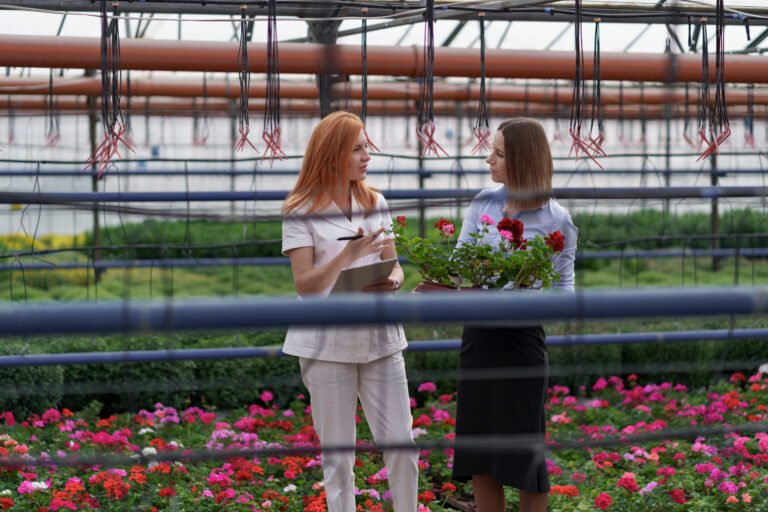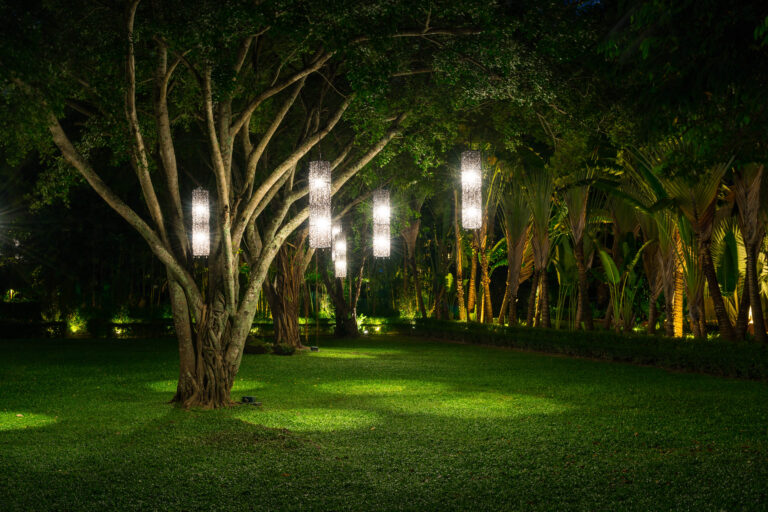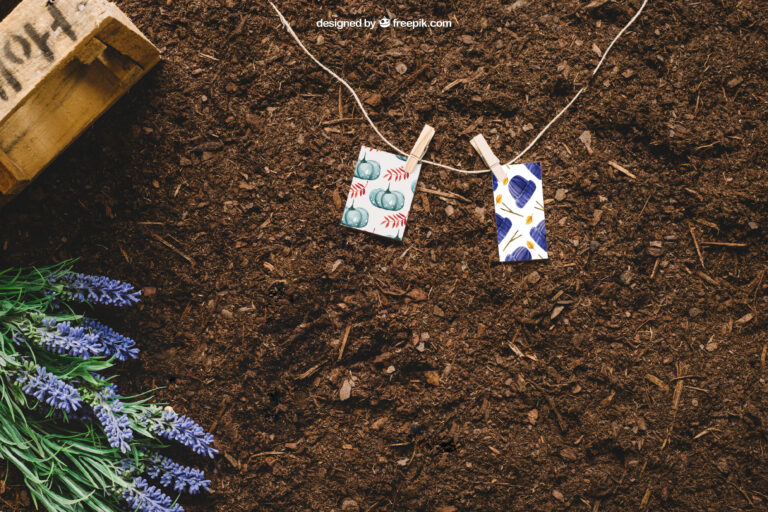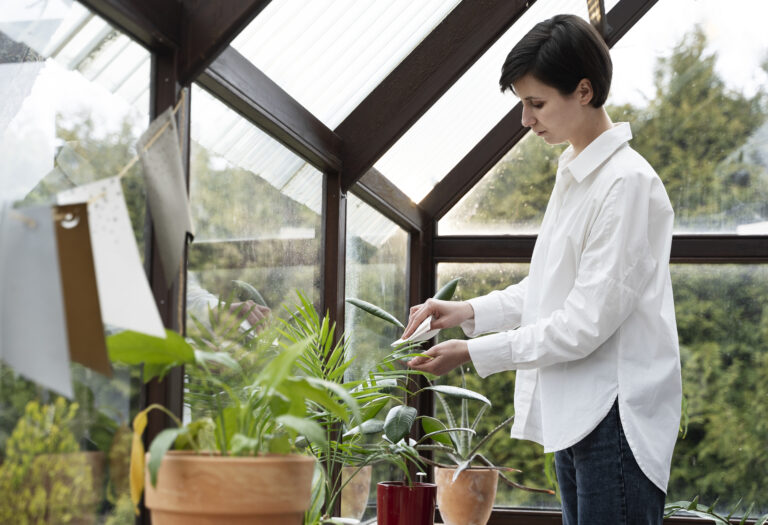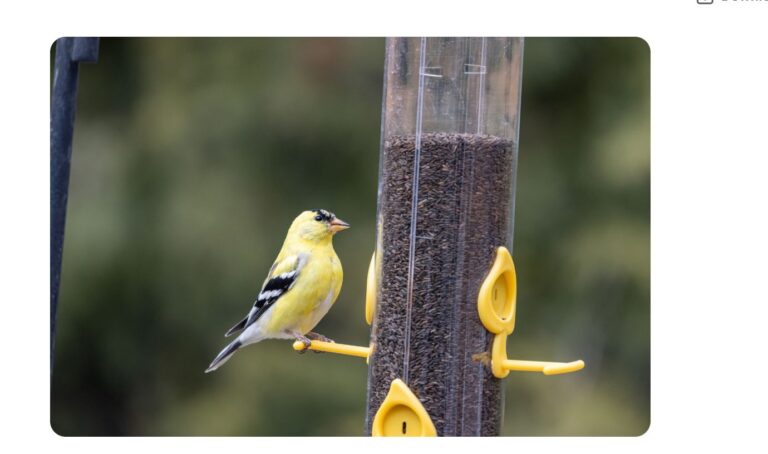Beyond the Seed: Decoding the Price of Durable Bird Feeders!
High-quality bird feeders can vary in price. Factors like materials, design, and brand play a big role in cost.
Bird feeders attract beautiful birds to your yard. Many people enjoy watching them. Choosing the right feeder is important. You want one that is durable and easy to use. But how much should you expect to pay for a good one?
Prices can range from budget-friendly options to more expensive models. Understanding the costs can help you make the best choice for your needs. This guide will explore the price ranges of high-quality bird feeders. It will help you decide what fits your budget and attracts your favorite birds. Get ready to learn about the options available!
The Value Of High-quality Bird Feeders
Investing in high-quality bird feeders is essential for bird lovers. These feeders provide more than just a place for birds to eat. They offer safety, durability, and a better feeding experience. Choosing the right feeder can attract a variety of birds. This choice can enhance your birdwatching experience.
Benefits For Birds
High-quality bird feeders have several advantages for our feathered friends:
- Safe Feeding: Quality materials reduce the risk of injury.
- Proper Nutrition: They hold fresh seeds, preventing spoilage.
- Attracts More Species: Better designs can attract diverse birds.
- Reduced Waste: Efficient designs minimize seed loss.
Birds thrive in safe environments. A good feeder ensures they can eat without fear. Quality feeders keep seeds dry and clean. This helps birds stay healthy and strong.
Longevity And Durability
High-quality bird feeders last longer than cheaper options. Here’s how:
- Materials: Made from sturdy materials like metal or durable plastic.
- Weather Resistance: Built to withstand rain, snow, and sun.
- Easy Maintenance: Simple to clean and refill, encouraging use.
Investing in a durable feeder saves money in the long run. Cheaper feeders may break or wear out quickly. Over time, this leads to more spending. Quality feeders can last for years, providing steady food for birds.
| Feature | High-Quality Feeders | Cheap Feeders |
|---|---|---|
| Material | Metal or durable plastic | Thin plastic or wood |
| Weather Resistance | Yes | Often no |
| Maintenance | Easy to clean | Hard to maintain |
| Longevity | Years | Months |
High-quality bird feeders provide many benefits. They support bird health and offer long-term value. Choosing quality means caring for the birds. It enhances your backyard experience.

Price Ranges For Top-tier Feeders
Finding the right bird feeder involves understanding the cost. High-quality bird feeders vary in price. Knowing these price ranges helps you make a smart choice. Let’s explore the costs associated with different types of feeders.
Entry-level Elegance
Entry-level bird feeders provide great value. They are perfect for beginners. Prices for these feeders typically range from $20 to $50.
- Durable materials
- Attractive designs
- Easy to clean
Many entry-level feeders are made from plastic or lightweight metal. They often feature:
- Simple hanging designs
- Basic seed compartments
- Weather-resistant features
These feeders attract a variety of birds without breaking the bank. They are a great starting point for birdwatching.
Premium Perches
Premium bird feeders offer advanced features. Their prices start at $50 and can go up to $200 or more.
| Type of Feeder | Price Range | Features |
|---|---|---|
| Hopper Feeders | $50 – $150 | Large capacity, weatherproof, and squirrel-proof options |
| Tube Feeders | $30 – $100 | Multiple feeding ports, easy to refill, and durable |
| Platform Feeders | $40 – $200 | Versatile, can feed multiple birds, and easy to clean |
Premium feeders often use high-quality materials like metal or glass. They may include features such as:
- Seed guards
- Built-in baffles
- Customizable feeding options
Investing in a premium feeder can lead to a better birdwatching experience. More birds will visit your yard.
Materials Matter
The materials used in bird feeders can affect both quality and cost. Different materials offer various benefits. Understanding these can help you choose the best feeder for your needs.
Wooden Wonders
Wooden bird feeders often blend well with nature. They provide a rustic charm that many love. Cedar and redwood are popular choices. These woods resist decay and insects.
While they can be more expensive, they last longer. Proper care can extend their life even further. Look for feeders made from sustainably sourced wood.
Metal Marvels
Metal feeders are strong and durable. They withstand harsh weather and resist chewing by pests. Stainless steel and powder-coated aluminum are common options.
These materials can be pricier but offer longevity. They also come in various designs, adding style to your yard.
Plastic Preferences
Plastic bird feeders are lightweight and easy to clean. They come in many colors and shapes, attracting different birds. While they are often cheaper, they may not last as long.
Look for high-quality, UV-resistant plastic. This ensures better durability. Some models are designed to mimic wood or metal, giving you options.

Brand Breakdown
Understanding the cost of high-quality bird feeders involves looking at various brands. Each brand offers different features, styles, and prices. Some are well-known and trusted, while others are newer and gaining popularity. This section will highlight both types of brands.
Trusted Names
Trusted brands have built a strong reputation over the years. They offer reliable products that bird lovers can count on. For example, brands like Droll Yankees and Perky-Pet provide sturdy feeders. Their designs often cater to various bird species.
These trusted names typically cost more. Prices range from $30 to $150. Buyers pay for durability and performance. Many customers feel secure investing in these brands.
Up-and-comers
New brands are entering the bird feeder market. They aim to attract customers with innovative designs. Brands like Birds Choice and Brome focus on unique features. Some emphasize eco-friendly materials and smart designs.
Prices for these up-and-comers are often lower. You can find options between $20 and $80. They offer good value for those who want quality without breaking the bank.
Size And Capacity Costs
The size and capacity of a bird feeder greatly affect its cost. Smaller feeders are often more affordable. Larger ones can be more expensive, especially those with extra features. Knowing the right size for your needs helps you choose wisely.
Small And Simple
Small bird feeders are perfect for beginner birdwatchers. They attract smaller birds like finches and chickadees. Here are some key points:
- Price Range: $10 – $30
- Capacity: Holds 1 – 2 pounds of seed
- Materials: Usually made of plastic or light metal
These feeders are easy to clean and refill. They fit well in small yards or balconies. Choose simple designs for low maintenance.
Large And Luxurious
Large bird feeders offer more space for food. They attract a variety of birds. Here are the details:
- Price Range: $50 – $200
- Capacity: Holds 5 – 10 pounds of seed
- Materials: Often made of wood or heavy-duty metal
These feeders feature multiple perches and feeding ports. They require more space and are ideal for bird enthusiasts. Larger feeders can be a beautiful addition to gardens.
| Type | Price Range | Capacity | Materials |
|---|---|---|---|
| Small and Simple | $10 – $30 | 1 – 2 lbs | Plastic, Light Metal |
| Large and Luxurious | $50 – $200 | 5 – 10 lbs | Wood, Heavy-duty Metal |
Choosing the right size and capacity ensures birds stay happy. Budget wisely based on your needs. Enjoy watching birds in your yard.

Credit: www.nationalgeographic.com
Feature-focused Pricing
High-quality bird feeders come with various features. These features often affect the price. Understanding these can help you choose the right feeder for your needs.
Innovative Design Elements
Bird feeders with innovative designs can cost more. These designs attract different bird species. Here are some common features:
- Seed trays: These prevent seed waste.
- Feeding ports: Special ports help birds feed easily.
- Multi-functional: Some feeders offer multiple feeding options.
- Stylish looks: Attractive designs enhance your garden.
Prices can vary based on these features. Here’s a simple table to show the price range:
| Feature | Price Range |
|---|---|
| Basic Design | $10 – $30 |
| Intermediate Design | $30 – $60 |
| Premium Design | $60 – $150 |
Weather-proofing Wonders
Weather-proof bird feeders are essential for durability. They withstand rain, snow, and sun. These features add to the cost but provide long-term benefits.
- Materials: Look for metal or high-quality plastic.
- Sealed joints: These prevent water leaks.
- UV protection: This helps keep colors vibrant.
- Rust resistance: Important for metal feeders.
Weather-proof feeders can range in price as follows:
| Weather-Resistance Level | Price Range |
|---|---|
| Basic Weather Resistance | $20 – $40 |
| Moderate Weather Resistance | $40 – $80 |
| High Weather Resistance | $80 – $200 |
Choosing the right features can make a difference. Invest in a bird feeder that meets your needs.
Customization And Personalization
Customization and personalization make bird feeders unique. They allow you to express your style. A custom feeder can enhance your garden. It can also attract specific bird species. Let’s explore two popular ways to customize your bird feeder.
Engraved Elegance
Engraved feeders add a special touch. You can choose names, dates, or designs. This makes the feeder feel personal. It can be a gift for a loved one. Engraving lasts a long time. It withstands weather conditions well. An engraved feeder stands out in any yard.
Color Customization
Color choices matter for bird feeders. Bright colors attract birds easily. You can select colors that match your home. This adds harmony to your outdoor space. Some companies offer a wide range of colors. Choose shades that reflect your personality. A colorful feeder can brighten your garden. It invites birds to visit more often.
Where To Shop
Finding high-quality bird feeders can be easy. Many options exist. You can choose local artisans or online marketplaces. Each has its own benefits.
Local Artisans
Shopping from local artisans supports small businesses. You often find unique designs and craftsmanship. Artisans create bird feeders with care and passion.
Many artisans use sustainable materials. This is good for the environment and the birds. Visiting local craft fairs or markets is a great way to discover them.
Ask around your community. Local garden centers may also stock these feeders. You can often speak to the maker directly. This personal touch adds value to your purchase.
Online Marketplaces
Online marketplaces provide a wide range of options. You can easily compare prices and styles. Websites like Amazon or Etsy offer many choices.
Shopping online allows for customer reviews. You can see what others think before buying. Make sure to check return policies.
Look for sellers who focus on quality. Read product descriptions carefully. Pay attention to materials and sizes. This helps ensure you choose the best feeder for your needs.
Installation And Maintenance Expenses
Understanding the costs of high-quality bird feeders includes looking at installation and maintenance expenses. These factors can affect your overall investment. Knowing what to expect helps in planning your budget.
Setting Up
Setting up a bird feeder can vary in cost. Here are some common expenses:
- Bird Feeder Cost: High-quality feeders range from $30 to $200.
- Mounting Options: A pole or bracket may cost $10 to $50.
- Location Preparation: Clearing the area may require tools or materials.
Consider the following when setting up:
- Choose a safe and visible location.
- Ensure easy access for refilling.
- Check for nearby trees or shelters for birds.
Upkeep Over Time
Maintenance costs are essential to keep feeders in good shape. Regular upkeep prevents issues and attracts more birds.
Here are key maintenance expenses:
| Expense | Estimated Cost |
|---|---|
| Cleaning Supplies | $5 – $20 |
| Bird Seed (Monthly) | $15 – $30 |
| Repairs | $10 – $50 |
Regular tasks include:
- Cleaning the feeder every 1-2 weeks.
- Refilling bird seed as needed.
- Checking for wear and tear.
By investing in setup and maintenance, you create a safe place for birds. This effort brings joy and beauty to your space.
Cost Vs. Quality Comparison
Choosing a bird feeder often involves weighing cost against quality. The price can vary widely. Some feeders are cheap but may not last long. Others cost more but offer better features. Understanding this balance helps make the right choice.
Economical Choices
Many affordable bird feeders are available. These options can be made from plastic or lower-quality materials. They attract birds but may not withstand harsh weather. You might need to replace them often. This can add up over time. For budget-conscious bird lovers, these feeders serve their purpose.
Investing In Excellence
High-quality bird feeders offer durability and performance. They often use materials like metal or sturdy wood. These feeders resist damage from weather and pests. They can last for years with proper care. Investing in a quality feeder can save money long-term. Birds enjoy these feeders more, leading to a better experience.
Frequently Asked Questions
What Factors Affect The Price Of Bird Feeders?
The price of bird feeders varies based on materials, design, and brand. Higher-quality materials like metal or wood typically cost more. Features such as squirrel-proof designs or multiple feeding ports also influence the price. Finally, brand reputation can affect costs, with well-known brands generally being pricier.
Are Expensive Bird Feeders Worth It?
Expensive bird feeders often offer better durability and features. High-quality materials withstand weather and prevent damage. They also tend to attract a wider variety of birds. Investing in a reliable feeder can save money in the long run through reduced replacements and repairs.
Where Can I Buy High-quality Bird Feeders?
You can find high-quality bird feeders at local garden centers, pet stores, and online retailers like Amazon. Specialty birding shops often offer unique options. Additionally, many home improvement stores carry a selection of feeders. Always read reviews to ensure quality before purchasing.
What Types Of Bird Feeders Are Most Popular?
The most popular types of bird feeders include tube feeders, platform feeders, and suet feeders. Tube feeders attract small birds, while platform feeders accommodate larger species. Suet feeders are perfect for attracting woodpeckers and other insect-eating birds. Each type has unique benefits for birdwatching.
Conclusion
High-quality bird feeders can vary in cost. Prices depend on materials and features. Investing in a good feeder ensures durability and better bird visits. Cheaper options may save money, but they often break or do not attract birds. Consider your budget and the types of birds you want to attract.
A well-chosen feeder can enhance your outdoor space. Enjoy watching beautiful birds while knowing you made a smart choice. Choose wisely and your backyard will flourish with life. Happy birdwatching!


